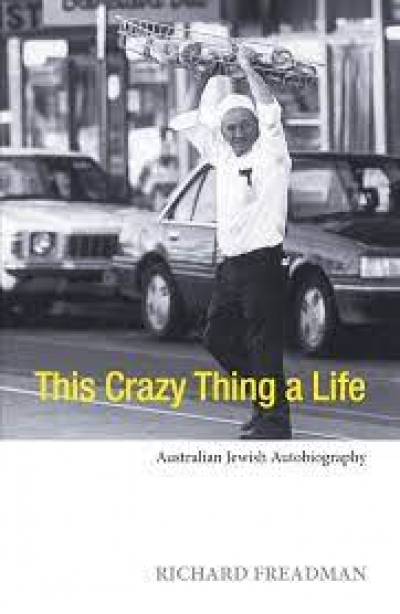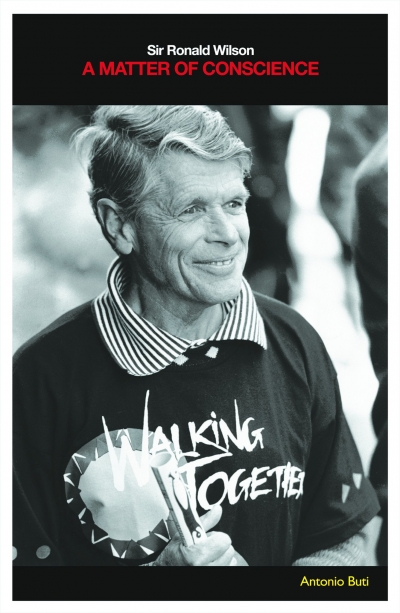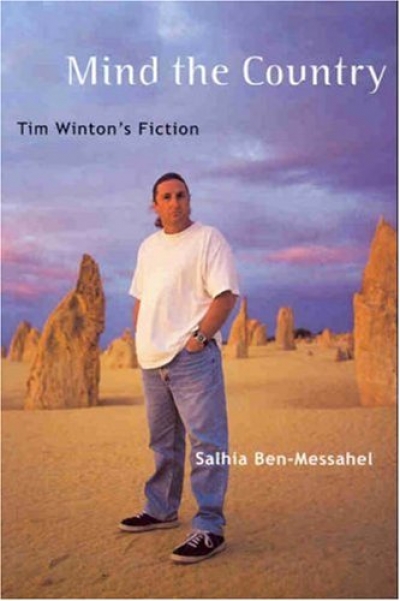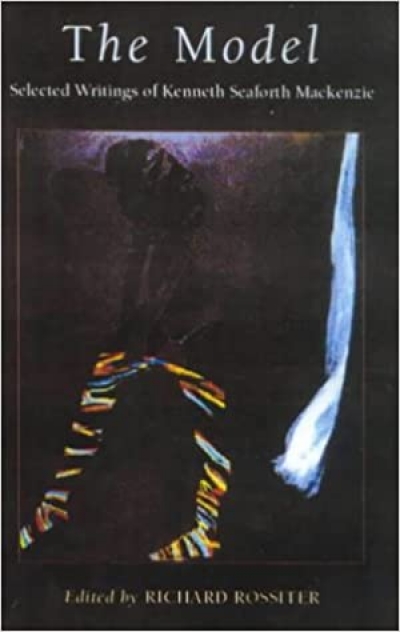UWA Publishing
Palestine Betrayed by Efraim Karsh & Gaza edited by Raimond Gaita
by Peter Rodgers •
Look Who’s Morphing by Tom Cho & Why She Loves Him by Wendy James
by Adam Rivett •
Je Suis Australienne: Remarkable women in France, 1880–1945 by Rosemary Lancaster
by Ros Pesman •
This Crazy Thing a Life: Australian Jewish biography by Richard Freadman
by Susan Tridgell •
Sir Ronald Wilson: A matter of conscience by Antonio Buti
by Tony Blackshield •
A Distant Grief: Australians, war graves and the Great War by Bart Ziino
by Ken Inglis •
The Model: Selected writings of Kenneth Seaforth Mackenzie edited by Richard Rossiter
by Thomas Shapcott •









